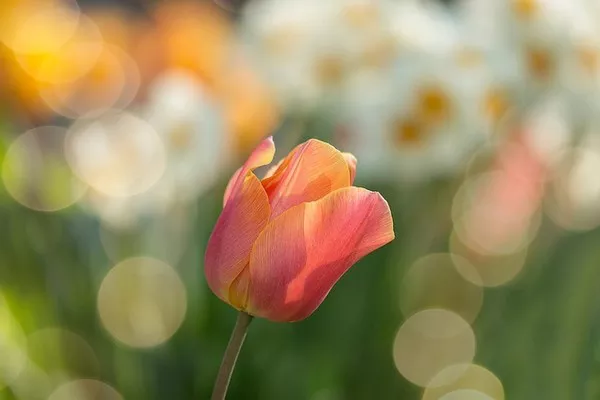Flowers have long been associated with various symbolic meanings and cultural significance, with each bloom telling a unique story. In the world of birth flowers, a fascinating phenomenon occurs – some months boast not one, but two birth flowers. This botanical symphony unveils a captivating tale of historical, cultural, and symbolic interplay that has shaped the tradition of assigning birth flowers to each month.
Historical Roots:
The concept of birth flowers traces its roots back to the Victorian era, a time when expressing emotions through the language of flowers, or floriography, was a prevailing trend. During this period, people exchanged floral arrangements to convey sentiments that were often difficult to express verbally. Birth flowers emerged as a natural extension of this tradition, ascribing specific blooms to each month based on their perceived meanings and characteristics.
However, the idea of having two birth flowers for certain months is not solely a product of the Victorian era. In ancient civilizations, such as the Roman and Celtic cultures, flowers were closely tied to deities, myths, and zodiac signs. The dual birth flowers for specific months may be an amalgamation of these historical influences, creating a rich tapestry of symbolism.
Cultural Significance:
The selection of birth flowers for each month is not arbitrary; rather, it reflects the cultural and historical significance attributed to certain blooms. For months with two birth flowers, this significance is often amplified, adding layers of meaning to the celebration of birthdays.
Take, for instance, the month of June, which boasts both the rose and the honeysuckle as its birth flowers. The rose, with its timeless association with love and passion, stands in stark contrast to the honeysuckle, symbolizing sweetness and devotion. Together, these blooms create a nuanced representation of the diverse facets of relationships and emotions that can be experienced throughout a person’s life.
Symbolic Harmony:
The practice of assigning two birth flowers to certain months also underscores the desire to capture the holistic essence of individuals born in those periods. Each flower contributes a unique set of symbolic meanings, creating a harmonious blend that reflects the multifaceted nature of human personalities.
In September, for example, the aster and the morning glory share the spotlight as birth flowers. The aster represents wisdom, patience, and elegance, while the morning glory signifies affection and the beauty of fleeting moments. Together, these blooms paint a portrait of individuals born in September as wise, patient, and appreciative of life’s transient beauty.
Seasonal Influence:
The availability and blooming patterns of flowers throughout the year also play a role in the selection of birth flowers. Some months, characterized by diverse and abundant floral offerings, may find it challenging to narrow down the selection to just one representative bloom. In such cases, the inclusion of two birth flowers allows for a more comprehensive and representative portrayal of the unique characteristics associated with that month.
For example, November, a month transitioning from autumn to winter in many parts of the world, boasts the chrysanthemum and the peony as its birth flowers. The chrysanthemum, a symbol of longevity and loyalty, complements the peony, which is associated with prosperity and good fortune. Together, these flowers capture the essence of the changing seasons and the rich tapestry of life experiences.
Astrological Alignments:
In some cases, the practice of assigning two birth flowers to a month may be influenced by astrological considerations. Certain zodiac signs span across two months, creating an overlap that allows for a broader representation of characteristics associated with individuals born during that period.
For instance, individuals born between late May and early June fall under the Gemini zodiac sign. The dual birth flowers of rose and honeysuckle for June accommodate the diverse traits attributed to Geminis, such as adaptability, curiosity, and a multifaceted personality.
Conclusion:
The phenomenon of having two birth flowers for certain months is a captivating aspect of the rich tapestry of floral symbolism. Rooted in history, culture, and symbolism, the dual representation offers a nuanced and comprehensive perspective on the individuals born during these periods. Whether influenced by historical traditions, cultural significance, seasonal abundance, or astrological considerations, the dual birth flowers contribute to the intricate language of flowers, allowing us to celebrate birthdays with a deeper understanding of the diverse facets of life and nature.


